Description
IEMMU21 Industrial I/O Expansion Module – A practical base unit for control system I/O and field wiring
The IEMMU21 is commonly used as a modular I/O expansion element in PLC/DCS cabinets, acting as the bridge between backplane communication and field wiring. From my experience, teams deploy it as a stable “mounting unit” for plug-in I/O cards or terminal bases, so you can expand digital or analog channels without redesigning the whole rack. It seems to be especially helpful when you need tidy wiring, quick swap-out of I/O, and predictable behavior in 24 VDC control environments.
Company’s Order Placement Process and Guarantees
- Warranty: 365 days
- Delivery: 1 week if in stock; no more than one month at the latest
- Payment: 50% advance payment; full payment prior to delivery
- Express options: FedEx, UPS, DHL
Key Features
- Modular I/O expansion – Typically serves as a base/mounting unit so you can add or swap I/O submodules without disturbing the whole cabinet.
- Clean field wiring – Terminal layouts are designed for quick identification and tidy routing; technicians can trace signals faster during downtime.
- Backplane integration – Works with the system backplane or node interface, so the controller “sees” new channels immediately after configuration.
- 24 VDC-friendly design – In many cases, supports 24 VDC logic and field power, simplifying panel power architecture.
- Serviceability – You might notice that channels or terminal blocks can be accessed without removing the entire assembly, which cuts MTTR.
- Scalable footprint – Typically DIN-rail or rack-compatible, allowing dense installation in standard industrial enclosures.
Technical Specifications
| Brand / Model | IEMMU21 |
| HS Code | 8538.90 (Parts for apparatus of 8535/8536/8537) |
| Power Requirements | Typically 24 VDC (nominal), common range 19.2–28.8 VDC; actual rating depends on system configuration and attached I/O |
| Dimensions & Weight | Compact module footprint suitable for DIN-rail/rack; approx. sub-0.5 kg in most cases (verify per specific assembly) |
| Operating Temperature | 0 to +55 °C typical for control cabinets; storage ranges wider; humidity non-condensing recommended |
| Signal Input/Output Types | Depends on installed submodules; supports digital and/or analog channel cards via the mounting unit/terminal base |
| Communication Interfaces | Backplane/node bus to the controller; field-side via terminal base or plug-in I/O (no separate external comms on the base itself in most cases) |
| Installation Method | DIN-rail or rack/backplane mount; supports panelized installation in standard industrial enclosures |
Application Fields
You’ll typically see IEMMU21 used in process and factory automation where modular I/O is the norm:
- Oil & Gas skids, compressor stations, and pipeline RTU panels
- Water/Wastewater PLC cabinets with distributed I/O drops
- Chemicals and pharma batching lines needing flexible analog input scaling
- Power generation balance-of-plant control panels
- Food & beverage packaging lines with frequent I/O changes
Feedback from maintenance teams is usually positive—one upkeep lead told me they swapped an I/O card on this style of base in under 5 minutes, wiring untouched, which saved a nighttime shutdown extension.
Advantages & Value
- Reliability – Stable backplane connectivity and firm terminal retention reduce intermittent faults.
- Compatibility – Works with matching system I/O modules; future-proofed by modular swap-and-scale approach.
- Cost savings – Add channels incrementally; no need to replace an entire rack for small expansions.
- Service efficiency – Faster commissioning and easier troubleshooting thanks to organized terminals and labeling.
- Lifecycle support – In many cases, long availability windows and clear migration paths across series revisions.
Installation & Maintenance
- Panel standards – Install in a clean, ventilated cabinet (IP54 or better recommended for dusty areas). Leave adequate clearance for heat dissipation and field wiring bend radius.
- Power & grounding – Use a regulated 24 VDC supply and a solid chassis ground. Keep signal returns separate from power commons when possible to avoid noise coupling.
- Wiring – Use properly rated shielded cables for analog I/O; land shields at a single-point ground. Tug-test terminals after tightening.
- EMC considerations – Route high-voltage or motor cables away from low-level analog leads; add ferrites if you see sporadic noise.
- Safety – De-energize the panel before module insertion/removal. Follow ESD precautions.
- Routine maintenance – Inspect terminals quarterly, clean dust with dry air, verify channel health via diagnostics. Apply firmware/config updates as released by the control system vendor.
- Spares – Keep one spare base and at least one of each common I/O card variant on hand to minimize unplanned downtime.
Quality & Certifications
- Certifications – Typically CE-marked and RoHS-compliant; UL/cUL recognition may apply depending on the exact variant and market.
- Manufacturing quality – Produced under ISO 9001 quality systems in most cases.
- Warranty – 365-day warranty from us. Extended coverage can be discussed for project rollouts.
Suggested Supporting Components
- DIN-rail terminal base (16/32 channels) – Streamlines field wiring and gives quick disconnect capability.
- 24 VDC power supply with redundancy OR-ing – Keeps the I/O live during supply maintenance.
- Shielded analog cable sets – Reduces noise on low-level inputs in high-EMI areas.
- Cable markers and terminal labels – Faster fault isolation and better documentation in audits.
If you can share your exact control platform and channel mix, I’ll map the IEMMU21 to the right I/O submodules and terminal bases so everything aligns on day one.


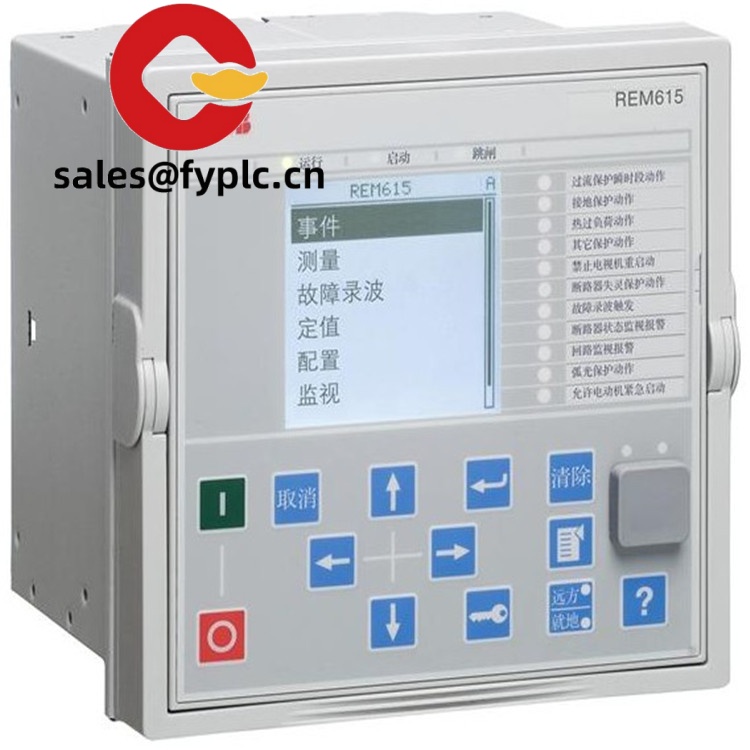
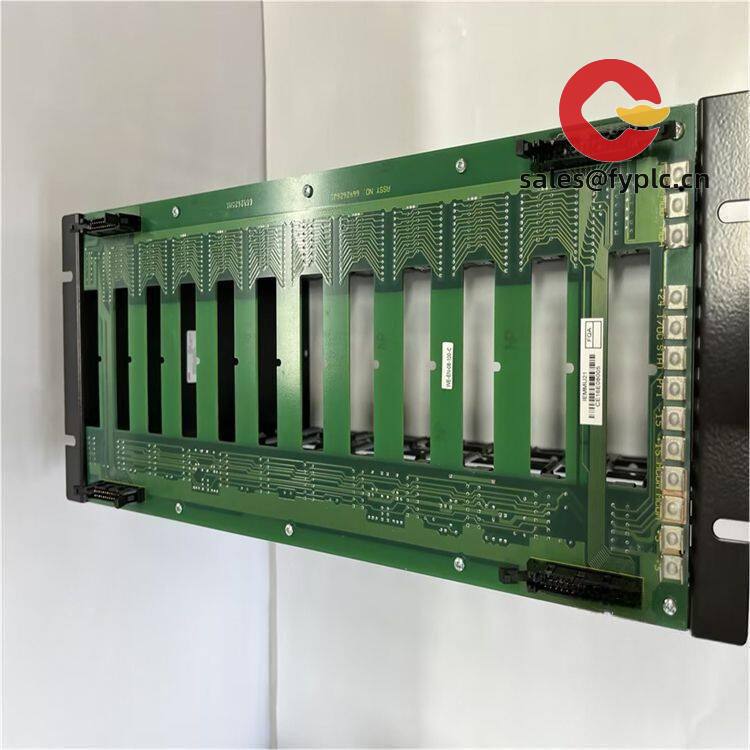

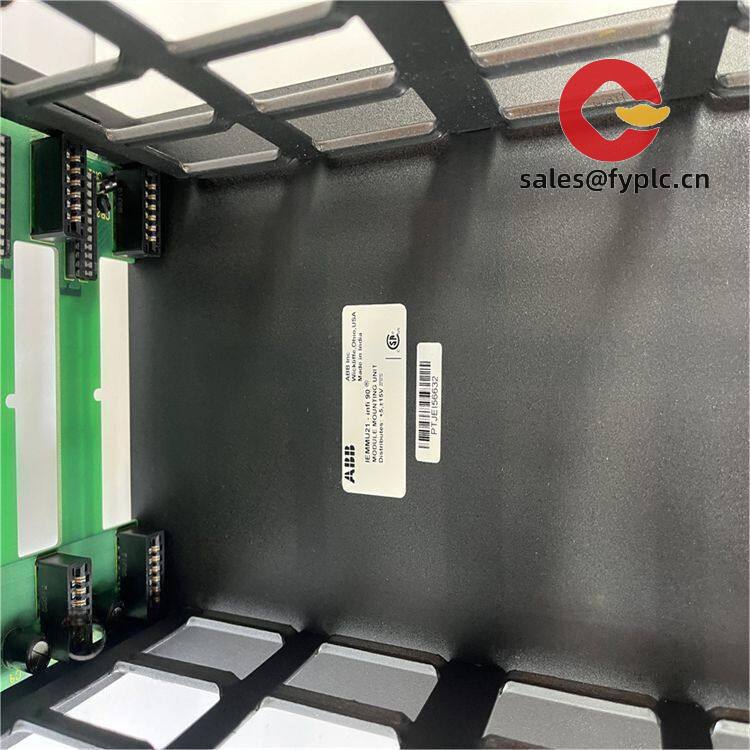

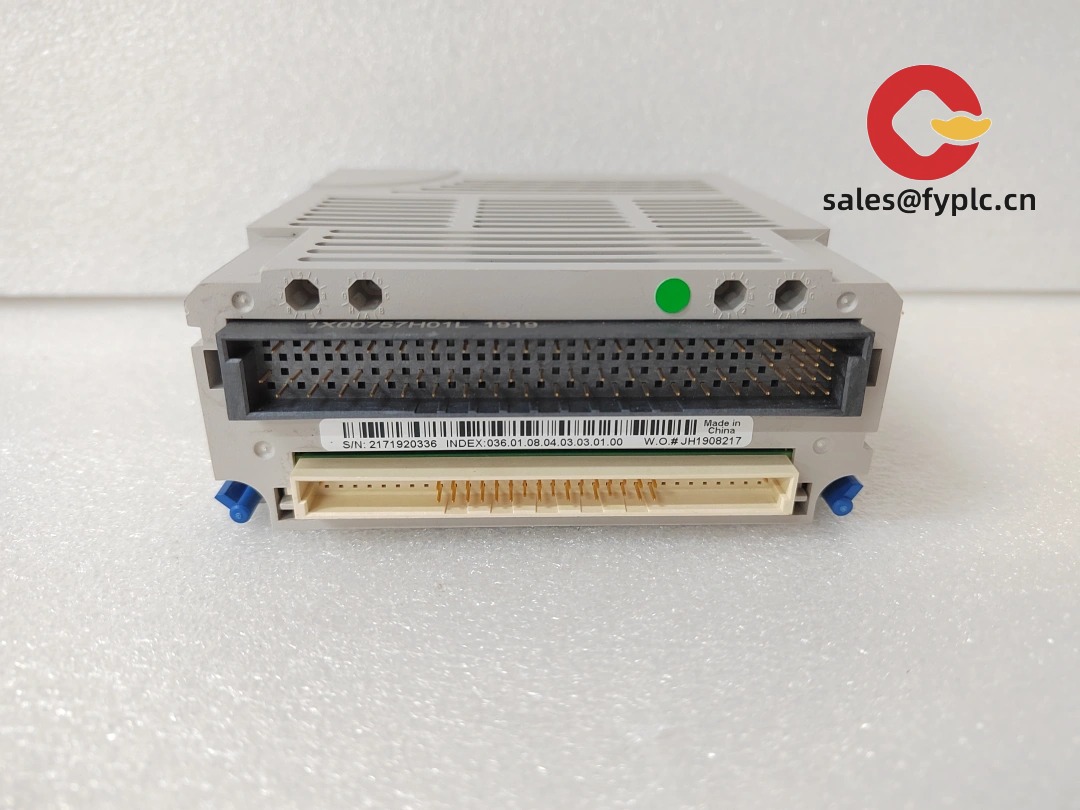


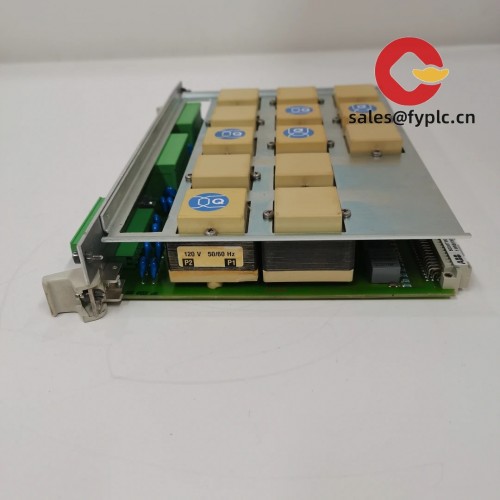
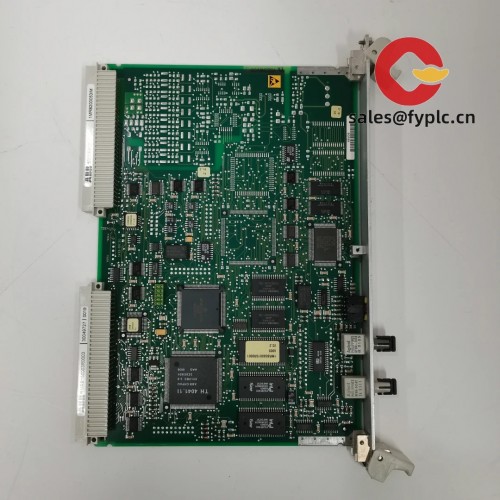
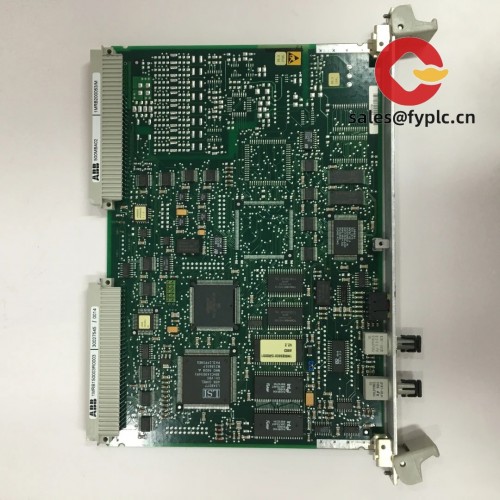
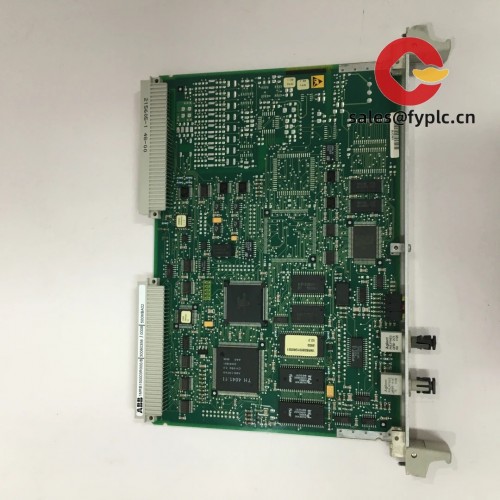
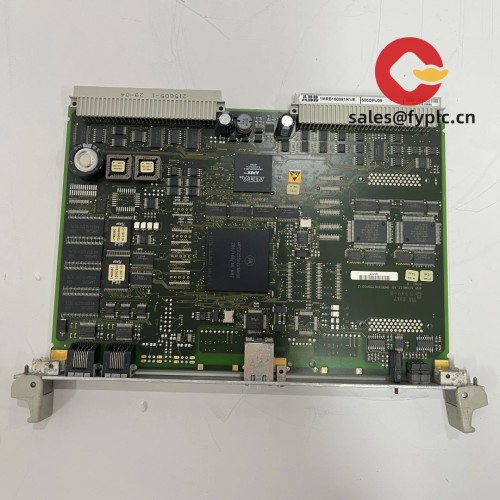


Reviews
There are no reviews yet.